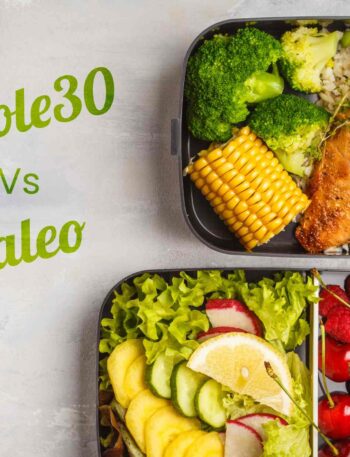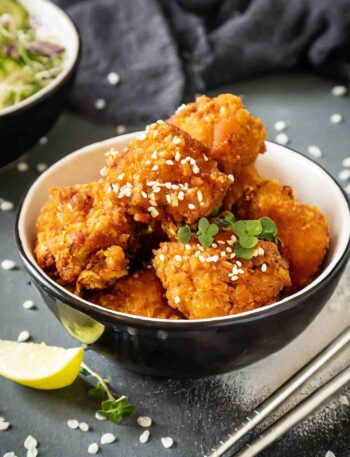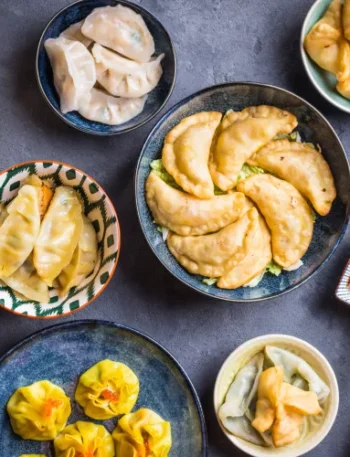
In a world where food is increasingly a reflection of our personal values and cultural identities, understanding food trends has become about more than just taste. Cultural changes are playing a major role in what we eat, from our growing awareness of sustainability to our desire for authenticity and diverse flavors.
By exploring the ways our shifting cultural landscape impacts our food choices, we can gain insight into emerging trends — and perhaps find ways to align our diets with our values.
The Intersection of Culture and Cuisine
Food has always been closely tied to culture, with cuisine serving as a powerful reflection of identity, tradition, and societal norms. From ancient agricultural practices to modern dietary movements, food choices have often been shaped by the values, resources, and beliefs of different societies.
In recent years, cultural evolution has continued to drive new culinary trends. Now, as we grapple with issues like climate change and a more connected global world, our diets are evolving in tandem.
Key Cultural Shifts Affecting Food Trends
1. Health and Wellness Focus
With rising awareness about the connection between diet and well-being, consumers are more focused than ever on nutrition and holistic health. Studies show that people are seeking out foods rich in antioxidants, vitamins, and minerals, while also paying attention to mental health foods that reduce stress or improve mood. This focus on wellness has led to the popularity of “functional foods” that go beyond basic nutrition to support health goals, such as probiotics for gut health or adaptogens for stress relief.
2. Environmental Awareness
Environmental concerns are at the forefront of food culture today, influencing a shift toward plant-based diets, regenerative farming practices, and sustainable sourcing. With reports of agriculture’s role in greenhouse gas emissions, many consumers now see food choices as a means of contributing to environmental solutions. As a result, vegan, vegetarian, and flexitarian diets are increasingly popular, with more people reducing meat consumption for environmental reasons.
3. Globalization and Fusion
As the world becomes more interconnected, our tastes are expanding. Cross-cultural exchange has spurred the popularity of fusion cuisine, where traditional dishes are reimagined with ingredients or techniques from other cultures. This trend is evident in the rise of cuisines like Korean-Mexican fusion or Japanese-Peruvian “Nikkei” dishes, which highlight how cultural exchange can bring fresh flavors and creativity to the culinary world.
4. Social Media Influence
Social media has also become a major player in food culture. Platforms like Instagram and TikTok have helped popularize trends almost overnight, from the Dalgona coffee phenomenon to the rainbow food trend. Influencers and chefs use these platforms to share recipes and create viral food content, making food a form of visual entertainment. Social media has also democratized the food world, giving everyday people a platform to showcase cultural dishes or unique recipes from their heritage.
5. Convenience and Technology
With fast-paced lifestyles, convenience is a high priority for many people, driving innovations in ready-to-eat meals, meal delivery services, and smart kitchen appliances. New technologies allow us to enjoy fresh, healthy meals with minimal preparation, while food delivery apps and ghost kitchens offer diverse menus to satisfy nearly any craving.
Examples of Emerging Food Trends Shaped by Cultural Shifts
Let’s look at some food trends that have emerged in response to these cultural shifts:
- Plant-Based and Flexitarian Diets: Meatless options and “flexitarian” eating, where people limit but don’t eliminate meat, are becoming more popular.
- Sustainable Sourcing and “Local” Food Movements: Farmers’ markets, seasonal menus, and small-batch goods reflect a push toward reducing food miles and supporting local economies.
- Ethnic and Fusion Flavors: Regional cuisines from Korea, Peru, and the Middle East are gaining global recognition, bringing unique ingredients and culinary techniques to the mainstream.
- Functional Foods: Foods with added benefits, like turmeric lattes for anti-inflammation or kombucha for probiotics, are growing in popularity.
- Zero-Waste and Upcycled Foods: To combat food waste, brands are using byproducts to create new snacks, and there’s a push for “imperfect” produce to be used in mainstream grocery stores.

The Role of Generational Influence in Food Trends
Millennials and Gen Z, in particular, are driving these shifts, as they are generally more vocal about values like sustainability, authenticity, and ethical sourcing. According to studies, younger generations prioritize convenience, health, and environmental concerns in their food choices. They are more likely to adopt plant-based diets, seek transparency in food sourcing, and embrace a “food as medicine” philosophy that aligns diet with mental and physical wellness goals.
Challenges and Criticisms of New Food Trends
While these trends are widely celebrated, they also come with challenges:
- Accessibility and Affordability: Sustainable and plant-based foods are often more expensive or less accessible in low-income communities. This disparity raises questions about the inclusivity of these trends.
- Greenwashing: Companies may falsely advertise products as “sustainable” or “eco-friendly” without substantive changes. To avoid greenwashing, it’s essential for consumers to research brands and seek certifications like USDA Organic or Fair Trade.
- Cultural Appropriation vs. Appreciation: Fusion cuisine can sometimes blur the line between celebrating a culture’s food and misrepresenting or commercializing it. Respect and education are key to avoiding appropriation.
Practical Tips for Embracing New Food Trends Mindfully
- Support Local Farmers: Buying from local markets supports sustainability and ensures fresher, often healthier options.
- Research Brands: Check brands for transparent sourcing practices and certifications to support ethical businesses.
- Experiment with International Ingredients: Try using spices, herbs, or ingredients from different cultures in your cooking. Learn the cultural background of these ingredients to appreciate their origins fully.
Our world is in constant cultural flux, and food trends are evolving as a reflection of our values and the challenges we face as a society. Whether driven by environmental needs, wellness goals, or the desire to embrace global flavors, food trends offer a meaningful way to connect with our world and the diverse communities within it.
Key Takeaways
- Cultural shifts in food reflect changing values: From sustainability to wellness, our diets mirror our societal priorities.
- Balance excitement with mindfulness: Embrace new trends thoughtfully, considering their impact on both health and culture.
- Explore with respect: Trying international foods can be enriching, but understanding their roots ensures a respectful culinary journey.
In the end, the foods we choose and the trends we follow are an expression of who we are and the world we envision. Embrace them wisely and savor the richness they add to life’s experience.









